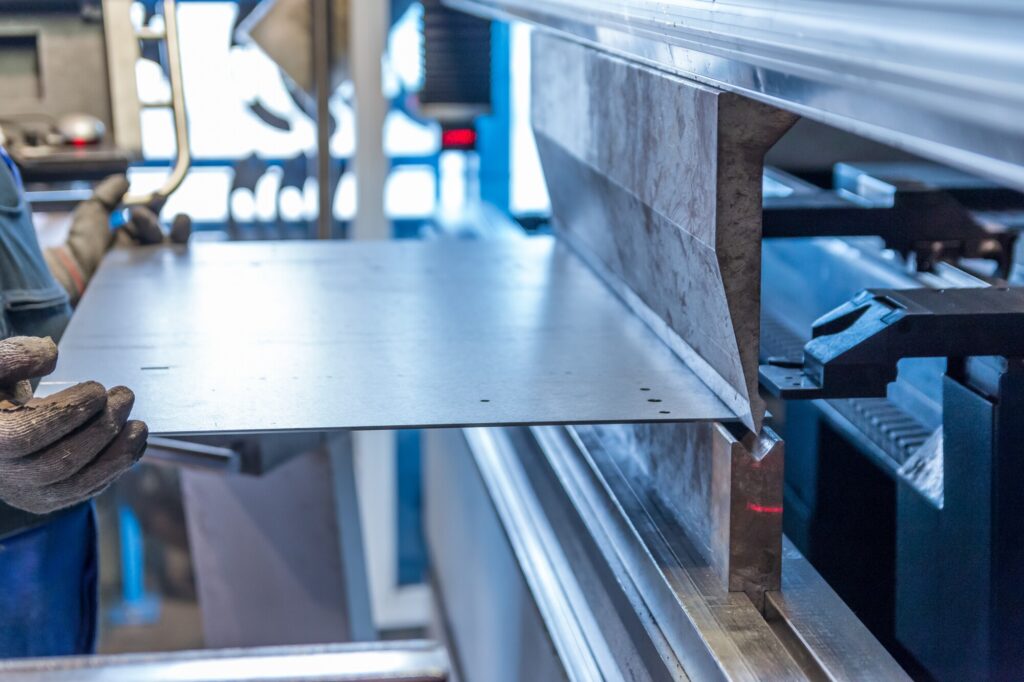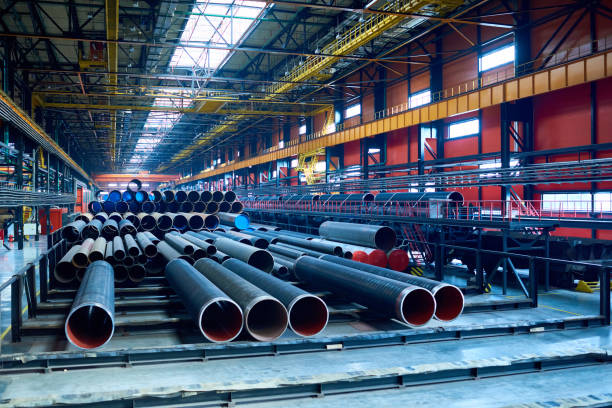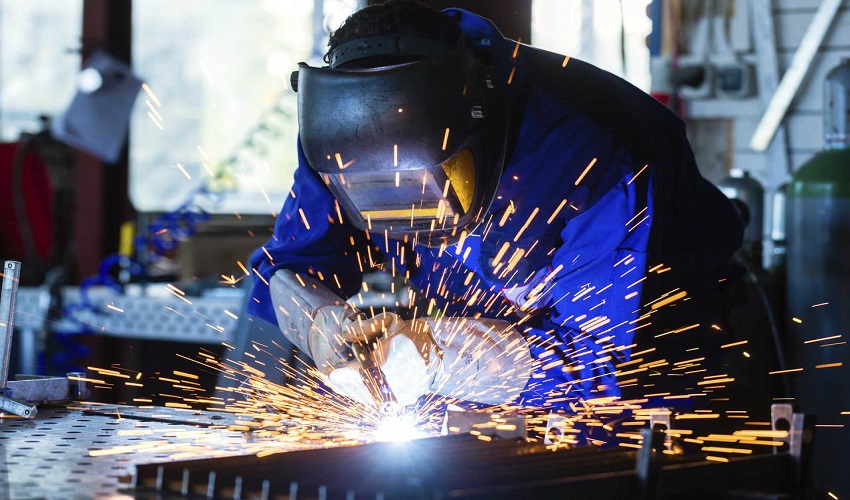Ingenious Fads in Steel Fabrication: Enhancing Resilience and Accuracy
In the world of steel construction, the pursuit of durability and accuracy has actually resulted in a wave of cutting-edge trends that are reshaping the industry. From advancements in welding modern technologies to the integration of robot automation in manufacture procedures, the landscape of steel production is developing rapidly. High-strength alloy growth, coupled with the utilization of 3D modeling and simulation software application, is pressing the limits of what is achievable in terms of architectural stability and precision. The expanding emphasis on lasting practices in steel manufacturing is not only driving performance however also fostering a much more eco aware method to construction. These trends are not simply forming today but also preparing for the future of steel construction, assuring additional enhancements in sturdiness and accuracy.
Advanced Welding Technologies
In the realm of steel construction, the fostering of innovative welding technologies has actually considerably revolutionized the industry's method to accomplishing superior quality and precision in structural welds. Advanced welding technologies, such as laser beam welding and rubbing mix welding, have actually arised as game-changers in the field. By leveraging these advanced welding methods, steel producers can elevate the durability, strength, and precision of their architectural welds, meeting the progressively demanding requirements of modern-day building tasks.
Robot Automation in Fabrication
Embracing robotic automation has come to be a keystone of modern steel construction techniques, improving processes and improving effectiveness across the market. Robots are changing the means steel elements are produced, providing exceptional accuracy and speed while decreasing human mistake. These automated systems can deal with recurring tasks with regular precision, causing better final product.
One secret benefit of robotic automation in steel manufacture is the ability to work around the clock without tiredness, substantially increasing manufacturing result. This continual procedure minimizes downtime and accelerates job timelines, eventually saving prices for producers. Additionally, robotics can be programmed to carry out complex tasks that may be hazardous or difficult for human employees, improving safety and security in the office.
In addition, robotic automation enables seamless assimilation with other electronic modern technologies, such as computer-aided layout (CAD) software and Net of Things (IoT) systems (steel fabricators melbourne). This interconnected strategy boosts communication between different phases of fabrication, optimizing operations and making certain real-time surveillance and control. As the steel manufacture market proceeds to advance, robotic automation sticks out as a transformative force driving effectiveness and precision in making procedures

High-Strength Alloy Development
The improvement of high-strength alloy advancement in steel fabrication is reshaping the sector's strategy to improving material resilience and efficiency. High-strength alloys are engineered to exhibit superior mechanical residential or commercial properties, such as increased tensile toughness, durability, and corrosion resistance contrasted to typical steel qualities. By integrating these advanced alloys into construction processes, producers can generate components that stand up to higher anxiety levels and useful source harsh environments, leading to more long lasting and reliable end items.
One secret advantage of high-strength alloy growth is the capacity to reduce material thickness without jeopardizing structural stability. This not just causes lighter-weight components however also adds to cost financial savings and enhanced efficiency in construction and assembly procedures. In addition, the improved strength-to-weight proportion of these alloys enables the design and building of structures with higher load-bearing capacities while decreasing general weight.
3D Modeling and Simulation Software Application
Improvements in steel manufacture processes have been significantly pushed by the combination of innovative 3D modeling and simulation software program devices. These tools allow makers to create detailed virtual models of their tasks, allowing them to visualize the final product with precision prior to any physical job begins.

Sustainable Practices in Steel Production
Integrating sustainable methods right into steel manufacturing procedures is crucial for reducing ecological effect and ensuring lasting source availability. One crucial lasting technique is the adoption of energy-efficient technologies to decrease greenhouse gas emissions throughout the steel manufacturing procedure. This includes using renewable resource sources, such as solar or wind power, to power steel plants and applying energy-efficient equipment to maximize power use.
One more more information vital facet of lasting steel manufacturing is the responsible sourcing of raw materials. This entails making sure that the iron ore and various other resources used in steelmaking are acquired from moral and eco pleasant sources. By promoting openness in the supply chain and sticking to strict environmental criteria, steel suppliers can decrease the adverse influences of source extraction on regional ecological communities and communities.

Verdict
Finally, the ingenious fads in steel fabrication such as advanced welding modern technologies, robotic automation, high-strength alloy advancement, 3D modeling and simulation software program, and lasting methods are enhancing the durability and accuracy of steel items. These developments are revolutionizing the steel construction sector by improving high quality, effectiveness, and sustainability. It is clear that the future of steel manufacture exists in welcoming these cutting-edge innovations to meet the demands of modern-day construction and production markets.
In the realm of steel manufacture, the pursuit of toughness and accuracy has led to a wave of ingenious trends that are reshaping the sector.In the realm of steel manufacture, the adoption of sophisticated welding technologies has substantially reinvented the sector's strategy to attaining remarkable high quality and precision in architectural welds. As the steel construction market continues to progress, robot automation stands out as a transformative pressure driving efficiency and precision in making processes.
Additionally, reusing and recycling steel scrap and waste materials play a considerable role in improving the sustainability of steel production. metal fabrication melbourne.In verdict, the innovative patterns in steel manufacture such as advanced welding modern technologies, robot automation, high-strength click here for more alloy growth, 3D modeling and simulation software program, and sustainable practices are boosting the resilience and precision of steel products